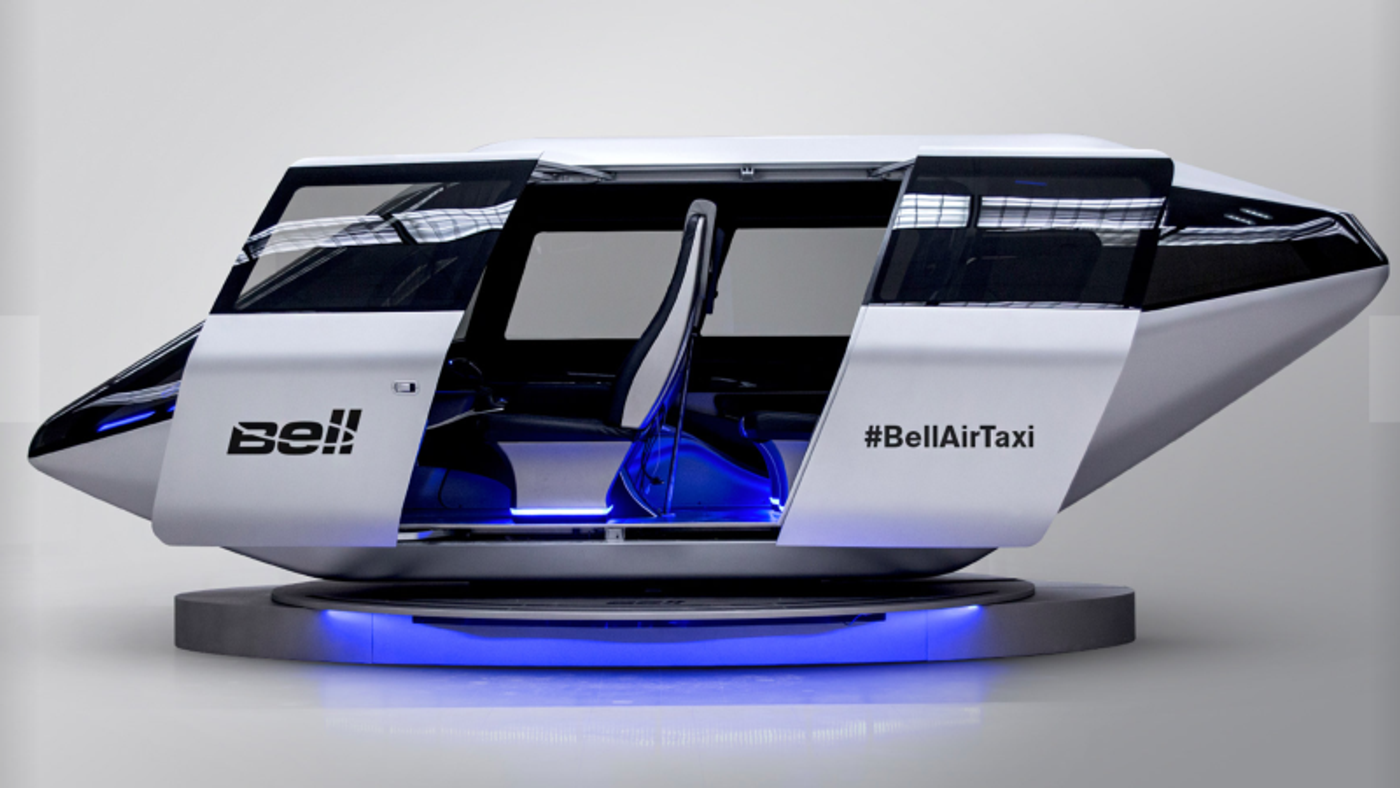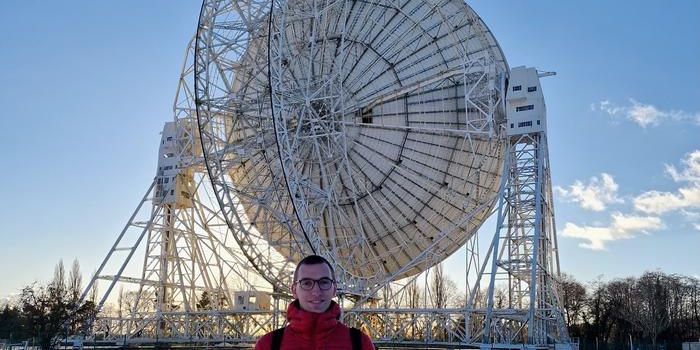Would You Ride in an Urban Flying Taxi?
If the idea of a flying cab escorting you to your next destination makes you happy, you will likely be a fan of Bell Helicopters’ (“Bell’s”) Urban Air Taxi concept – a vehicle they hope to have in the air by the mid-2020s. While development is still in the early stages for this vehicle, the concept design was revealed in January 2017 at CES. Bell promises a “unique interaction with [its] future air taxi concept” for attendees at Heli-Expo 2018, an international helicopter trade show and exhibition – “a one-of-a-kind passenger experience in the future of urban air mobility.”
“For the air taxi, we believe that by the mid-2020s, or maybe 2025, we will be there flying; we will see the first aircraft flying,” Patrick Moulay, executive vice president for Bell’s commercial helicopter sales, told Bloomberg Television in February 2018. Bell is one of the biggest and most established creators of vertical takeoff and landing (VTOL) crafts in the U.S and has partnered with Uber in the ride-sharing company’s ongoing endeavors to offer flying rides to customers.
In April 2017, Uber thrilled many flying-car dreamers and fans by first announcing it was launching an exploratory flying taxi project, “Uber Elevate,” with the cooperation of major air travel industry partners such as Bell, Aurora Flight Sciences, Pipistrel, Embraer and Mooney. Uber Elevate promises that its electric aircraft and on-demand aviation offerings will provide “quicker daily commutes, less traffic congestion and cleaner air around the world.”
Bell’s Air Cab Vision
Bell reports its four-seater taxi concept is designed with modern interconnectivity and smart tech in mind – it will include Wi-Fi, video calls, wireless charging and AI.
“Air taxi is the next way for our industry, and it’s very important for us to make sure we are among the disrupters to think about what should be transportation in the next 10 to 20 years,” Moulay said. Jennings Brown of Gizmodo points out that while Bell is collaborating with Uber, Moulay didn't specifically mention Uber’s air taxi program in the interview. Here’s a closer look at Bell’s concept – click and drag your cursor around for a better view:
Uber Continues VTOL Development
Uber remains hard at work in the realm of air taxis; a representative told Gizmodo, “Our team is heads down preparing for demonstrations in select cities in 2020.” It plans to begin testing out new airborne cabs in Texas and Dubai by this time, followed by trials in L.A.
In November 2017, Uber’s Chief Product Officer Jeff Holden announced the company was developing software to manage flying taxi routes while speaking at a Web Summit conference in Lisbon. He also shared that Uber is working with NASA’s Unmanned Aircraft System Traffic Management (UTM) program as of 2017. This initiative is exploring prototype technologies for a UTM system that would include airspace integration requirements for “safe, efficient low-altitude operations.”
Will People Steer These Soaring Cabs?
While Uber does list lengthy pilot training as a potential market feasibility barrier, it also describes its planned sky taxi as one that “will ultimately use autonomy technology to significantly reduce operator error,” and states that “pilot augmentation technology will significantly reduce pilot skill requirements.”









